When most people think of staying warm whilst camping, their thoughts almost immediately skip to a sleeping bag. This is a key factor, but even the warmest sleeping bag will be useless if used in conjunction with a poor sleeping mat, or worse, no mat at all. All that lovely heat your body is producing and your bag is working so hard to trap will simply get lost through the cold ground. Okay, so let’s assume I’ve convinced you a mat is an important piece of kit — which do you choose? In this article, we’ll explore how to choose a sleeping mat for your camping adventure, so that you can stay warm and comfortable all night long.
Where are you going? What should I look for in a sleeping mat?
Much like a sleeping bag, the mat you opt for will largely depend on where, when and how you plan to use it. I can hear the sarcasm already “well I’m going to sleep on it, obviously!”.
Let’s say you’re camping in a large cotton tent in a campsite near the coast — your primary concern will be comfort and the least concerning factor will be weight and pack size. Exped’s Megamat would be perfect for you.
However, if you’ll be sleeping at Everest Camp 3, you’ll want something warm, packable and reliable — something like the NEMO Equipment Tensor Alpine.
The different options
There are three main types of sleeping mat:
- Self-inflating mats
- Air mats
- And foam.
Are typically around a few centimetres thick (however there are anomalies such as Exped’s Megamat), insulated mostly with foam and have a clever valve that sucks in air to fill the gaps around the foam. They were incredibly popular a few years ago, however, air mats have now pretty much become king for backpacking and hiking (we’ll get to this).
The benefit of a self-inflating mat is that if it happens to get punctured, that aforementioned foam will still provide some insulation and comfort; unlike an air mat.
Are filled almost entirely with air, tend to be thicker than self-inflating mats (again, there are anomalies). They quite often have some form of reflective material inside the mat to reflect heat and trap warmth.
They are ultra-lightweight packable and pretty comfortable. Thanks to their lightweight, packable nature, they’ve all but replaced self-inflating mats for backpacking.
The downside is that if they deflate for whatever reason, they’re useless. Most do include a repair kit, though, so just remember to take this with you. They’re noisier than self-inflating mats too.
Are reliable, simple and just work. They’re cheaper than inflatable mats and can’t be punctured, however, they’re not as comfortable or packable. Quite often they’re used in conjunction with an inflatable mat in particularly hostile environments where getting a puncture could be a disaster. If you’re on a budget or would rather purchase something that you don’t ever have to worry about at the expense of some comfort, foam mats are for you.
But how do you know which is warmest?
Most sleeping mats’ ability to insulate is represented as R, followed by a number, this is called the R-value
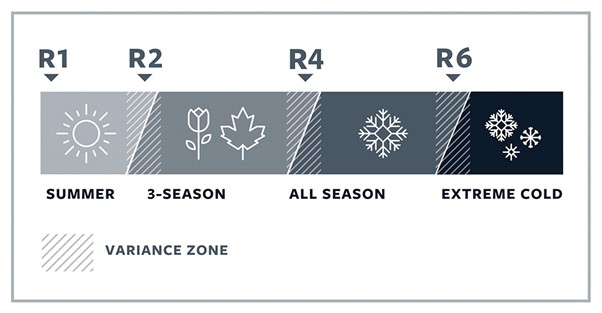
R1 will have very little insulation and is suitable for warmer climates, building all the way up to R4 (all-season use) and R6 (extreme temps). Some manufacturers will make life easy for you and also include a temperature rating.
Best Mat Shape:
Sleeping mats come in various shapes and sizes.
Tapered mat:
Thanks to their ‘mummy’ shape, these mats are lighter and more packable than their rectangular counterparts. It probably goes without saying that these are easier to roll off, though. When sleeping next to someone else also using a tapered mat, a ‘top and tail’ approach means they take up less space than a rectangular mat.
We hope you enjoyed reading our guide to How to Choose a Sleeping Mat. As always, if any of the above is unclear or you need some more help, you can email us [email protected] or give us a call 01432 263 335.

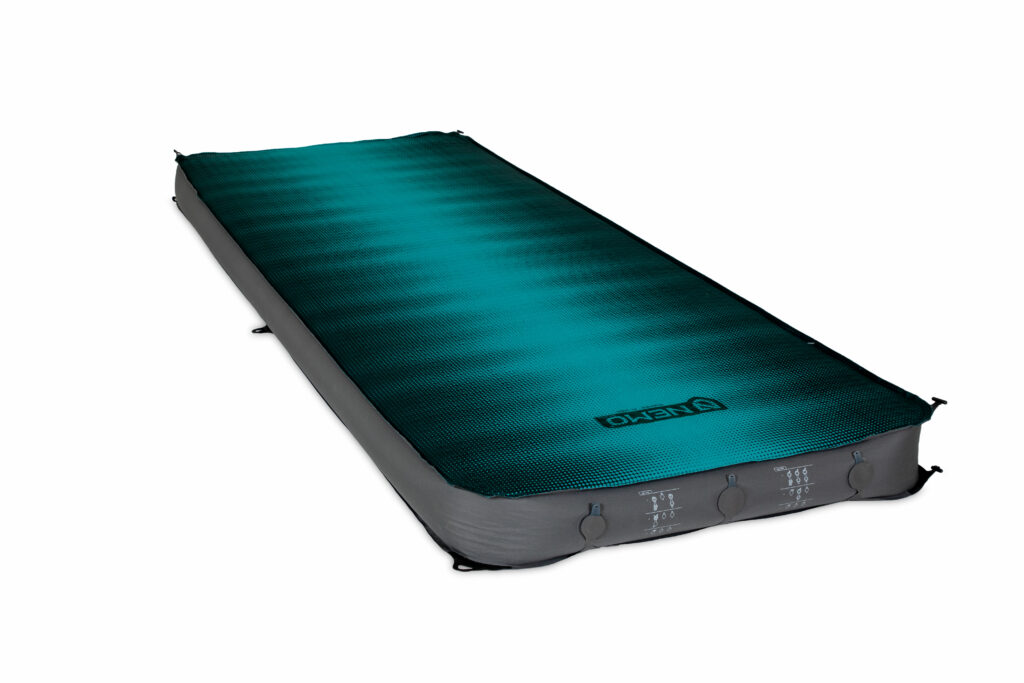
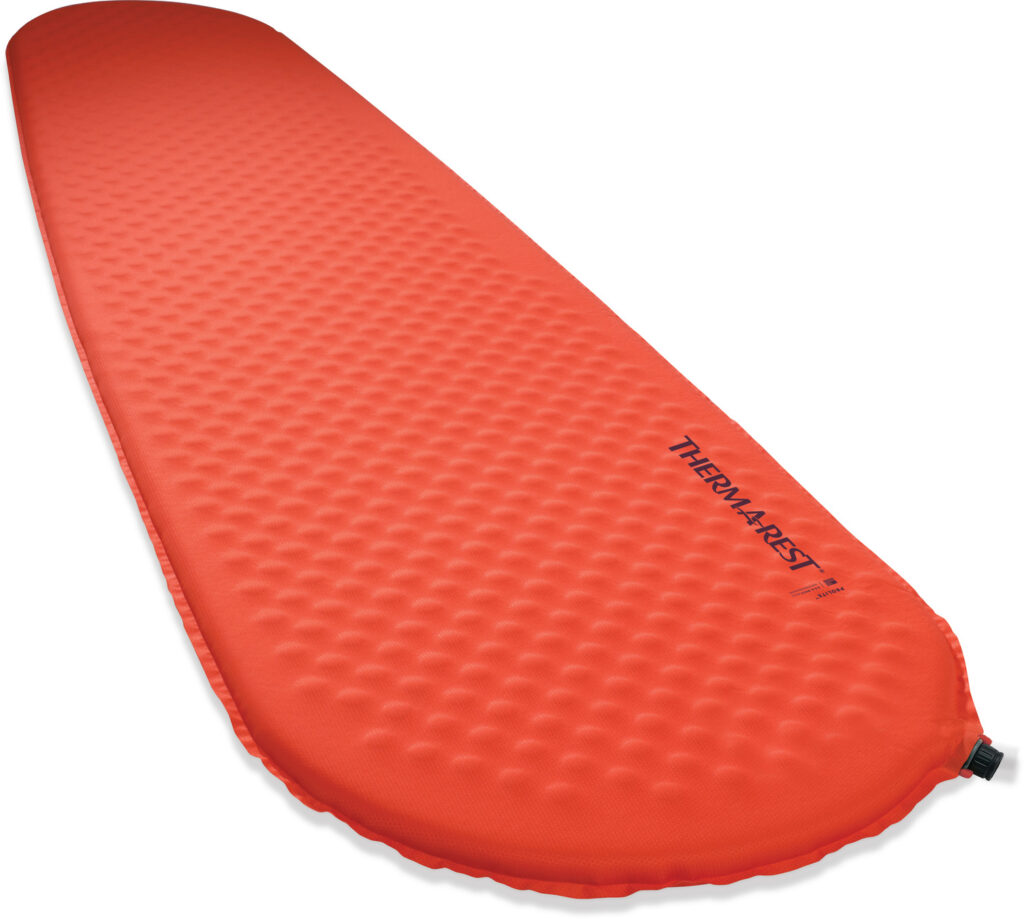
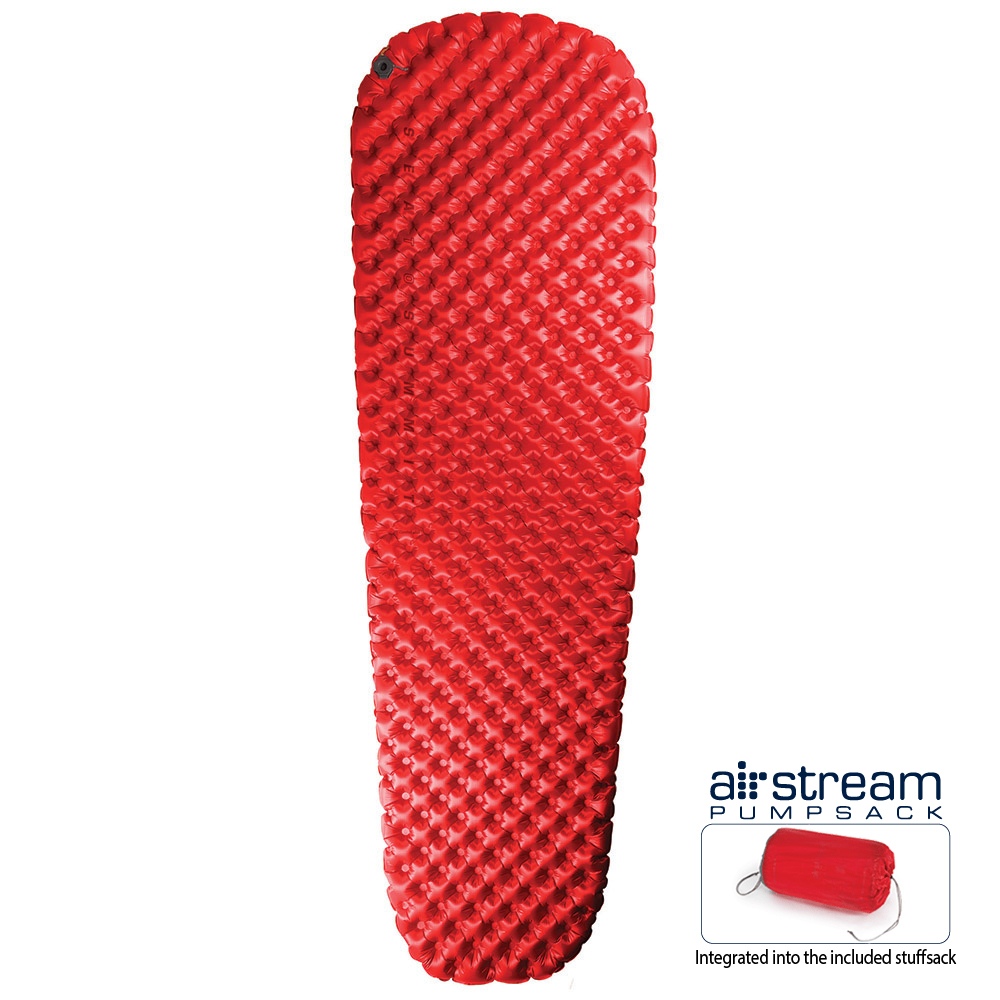
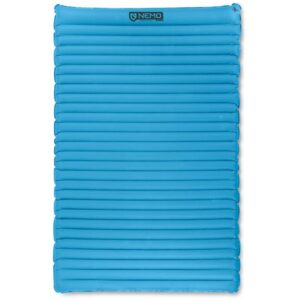
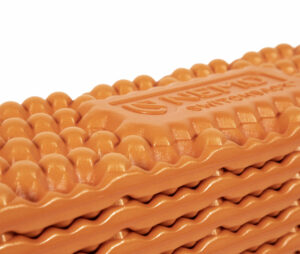
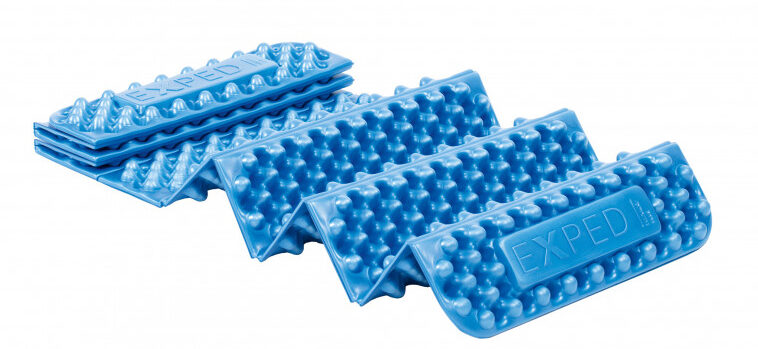
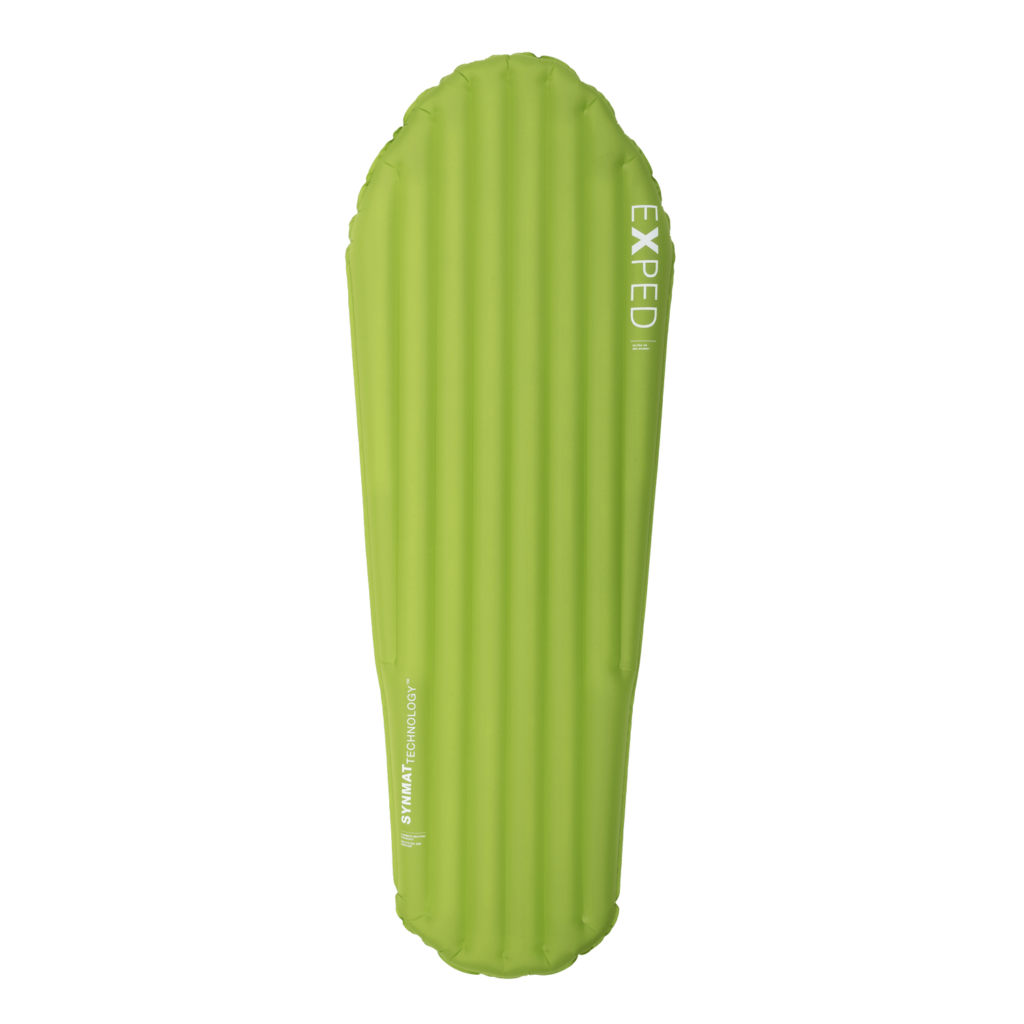
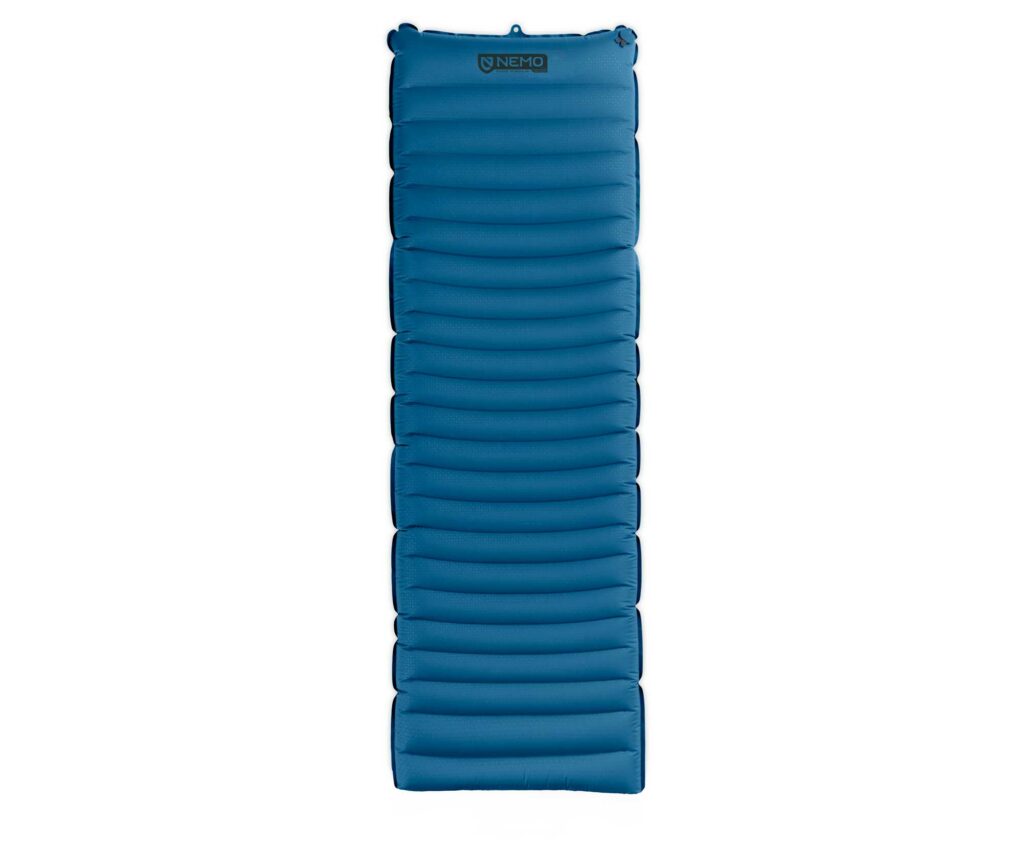
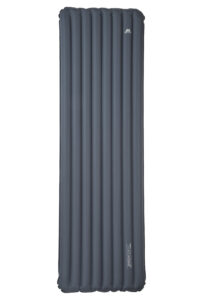





Leave a Reply